LEF-Lead The Future-2023
The phrase “Be The Change!” is often associated with Mahatma Gandhi, though there’s no concrete evidence he used these exact words. Instead, Gandhi’s profound insight reflects the same spirit: “We but mirror the world. All the tendencies present in the outer world are to be found in the world of our body. If we could change ourselves, the tendencies in the world would also change. As a man changes his own nature, so does the attitude of the world change towards him. This is the divine mystery supreme.

Theme – BE THE CHANGE!
AN ABODE OF HOLISTIC EDUCATION
The phrase “Be The Change!” is often associated with Mahatma Gandhi, though there’s no concrete evidence he used these exact words. Instead, Gandhi’s profound insight reflects the same spirit: “We but mirror the world. All the tendencies present in the outer world are to be found in the world of our body. If we could change ourselves, the tendencies in the world would also change. As a man changes his own nature, so does the attitude of the world change towards him. This is the divine mystery supreme.A wonderful thing it is and the source of our happiness. We need not wait to see what others do.” This notion encourages us to align our personal nature and inner self with our beliefs, suggesting that by transforming our mindset to one of hope and faith, we unlock the power to drive change from within. In the realm of education, this philosophy underscores the importance of learning, unlearning, and relearning to build relevant contexts and new neural pathways, which act as catalysts for meaningful impact. Embracing this mindset also fosters a greater acceptance and celebration of diversity, equity, equality, and inclusion.
GLIMPSES OF LEF 2023
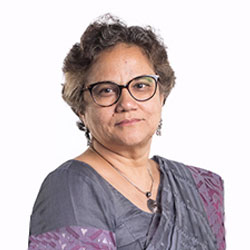
Dr.Neharika Vohra
Professor, IIM, Ahmedabad. Founding Vice-Chancellor, Skill & Entrepreneurship University, Delhi.
“Education has to prepare our students for
life. They should have a connection with the
world and understand the social setting of
the community they are embedded in. As an
educator, In a highly diverse classroom we
cannot apply the same criteria for success.”
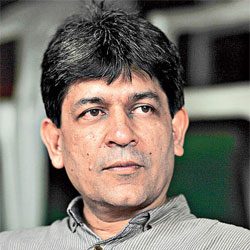
Mr. geet Sethi
Co-Founder, Olympic Gold Quest, World Champion-Billiards, Ahmedabad.
“Only competitive success will lead to well-being is a fallacy. Success is a very social concept related to money, fame andpower. Whatever work you do, do it with joy and do it really well. You don’t need to be a maverick. All that you need to do is follow joy, success will come automatically.”

Ms. Kiran Bir Sethi
Founder, Design for Change. Founder Director, The Riverside School, Ahmedabad.
“Contagious is a good word! Children might
not listen to you but they will always mim
ic you. We work 365 days a year with our
teachers to ensure that they develop a
sense of well-being, so that they in turn can
role model what we expect of children. We
invest in co-creating a timetable which in
vests in the well being of teachers and
students”
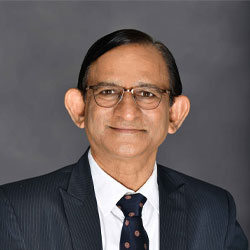
Dr. Vilas Sapkal
Vice-Chancellor, MGM University, Aurangabad.
“There is a gap between school educa
tion and higher education. Continuity and
integration between the two are important
for quality education. Various applications,
theories or theorems, research aspects, if
taught during school education it self, then
the students will find them easier to apply it
during higher education.”
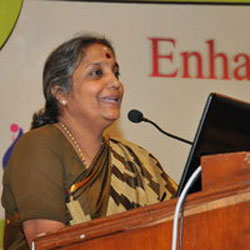
Dr.Vijayam Ravi
Senior Educational Consultant, Dr. Vijayam Ravi’s Educational Consultancy, Mumbai.
“Your values, grit and determination push
you forward to explore new frontiers of
knowledge. Risk-taking is an inherent part
of growth and learning. Don’t fear failure,
rather embrace and learn from the lessons
failure brings.”
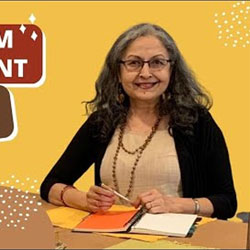
Ms. Devika Nadig
Director, Shikshangan Education Initiatives, Pune.
“Cross curricular integration has to be
done responsibly where subjects being
integrated are given equal importance and
designed as a seamless unit of Inquiry. It should
promote interdisciplinary thinking in the
students and inspire them to engage in real
life problem solving.”
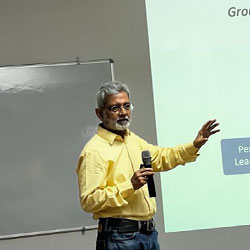
Mr. Vijay gupta
Director, Shikshangan Education
“Goal of a school is only one – Good learn
ing for every child! To achieve that put to
gether a viable curriculum; ensure school
wise orderliness; involve parents; create an
environment of collegiality and professional
ism; equip teachers with effective teaching
and classroom management strategies; and
support slow learners. This will help you de
velop a high performing school!”
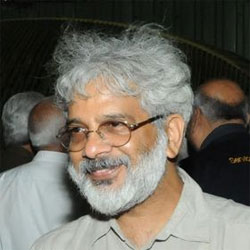
Ar. Hemant Mahajan
Partner, Group PHI Architects & Designers, Pune.
“Design thinking requires that the end user
is always kept in mind. First listen, under
stand and then co-create your solution with
the user in a systematic way. This is the key
principle of design.”
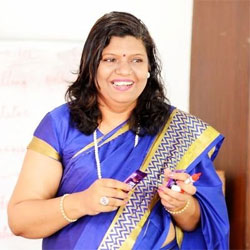
Dr.Chinu Agrawal
Director, Feeling Minds, Psychologist & Psychotherapist Agra.
“ Children should be able to come to their
teacher and talk to them without the fear
of being judged and with a feeling of be
ing understood. Ask children, and don’t tell
them! Give them the opportunity to share
their opinion. Such conversations are also
often missing because of continual use of
devices.”
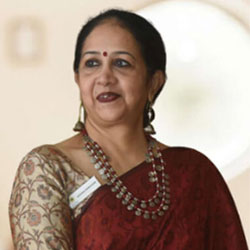
Dr. Radhika Srinivasan
Principal, The Shri Ram Universal School, Mumbai.
“Don’t worry about big discussions on Global environmental problems predicting the arrival of Dooms Day! Focus on the 2-3 things that your institution can do to give back to nature and do them earnestly!”
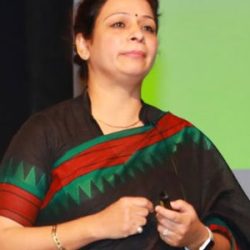
Ms. Nidhi Wadhwa
National Manager, Harper Collins Publishers, Delhi.
“Technology in education is indispensable.
It helps us to improve communication, en
hances collaboration, fosters active discus
sions, encourages visualization and presen
tations and promotes self- paced learning.
It moves students from passive learning to
active learning!”
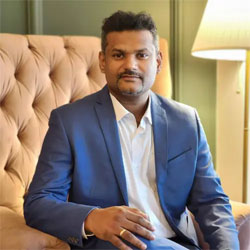
Mr. Willibrord george
Chairman & CEO, St. George Educational Trust, Mumbai.
“Marketing is not about putting up a big
hoarding. It is about making change hap
pen, it is about influencing change. And,
when you are trying to change something,
better have the strongest values. Times have
changed. First create your soul – What is it
that you stand for and communicate that in
every way possible.”
